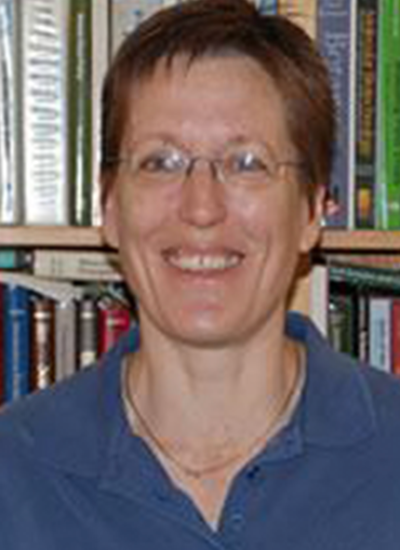Joan E Curry
Associate Department Head, Environmental Science
Professor, Environmental Science
Member of the Graduate Faculty
Professor, BIO5 Institute
Primary Department
Department Affiliations
Contact
(520) 626-5081


